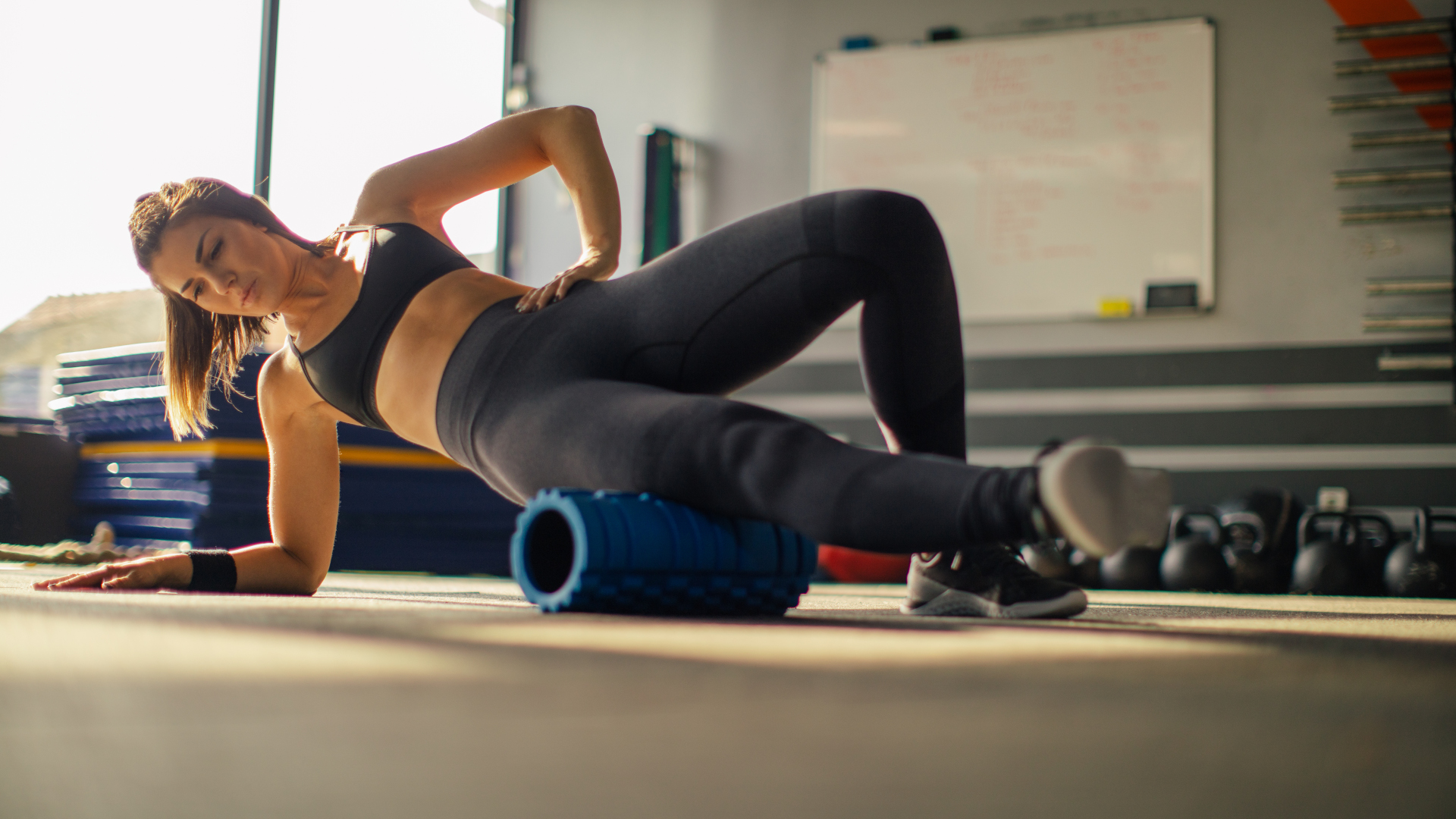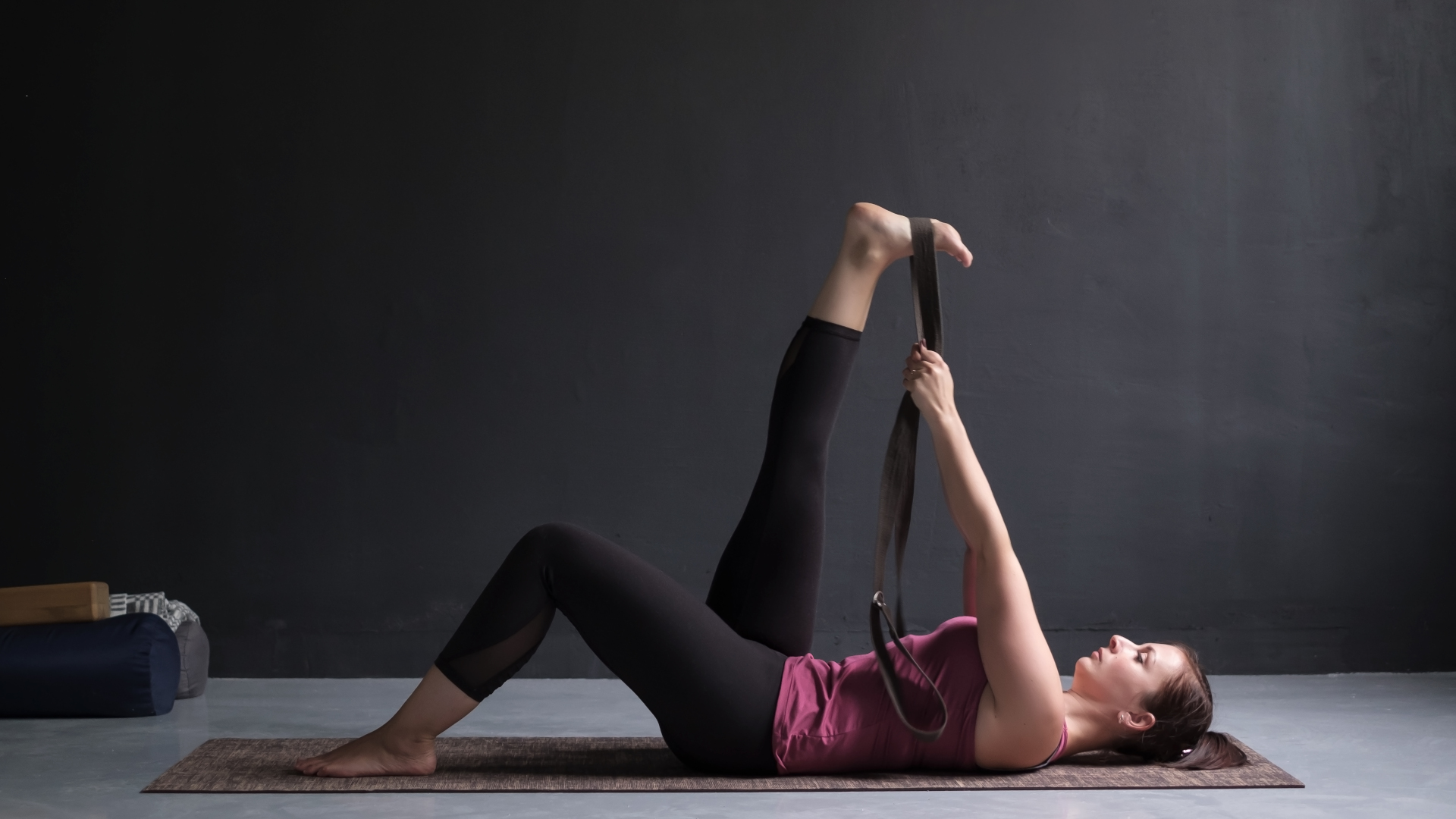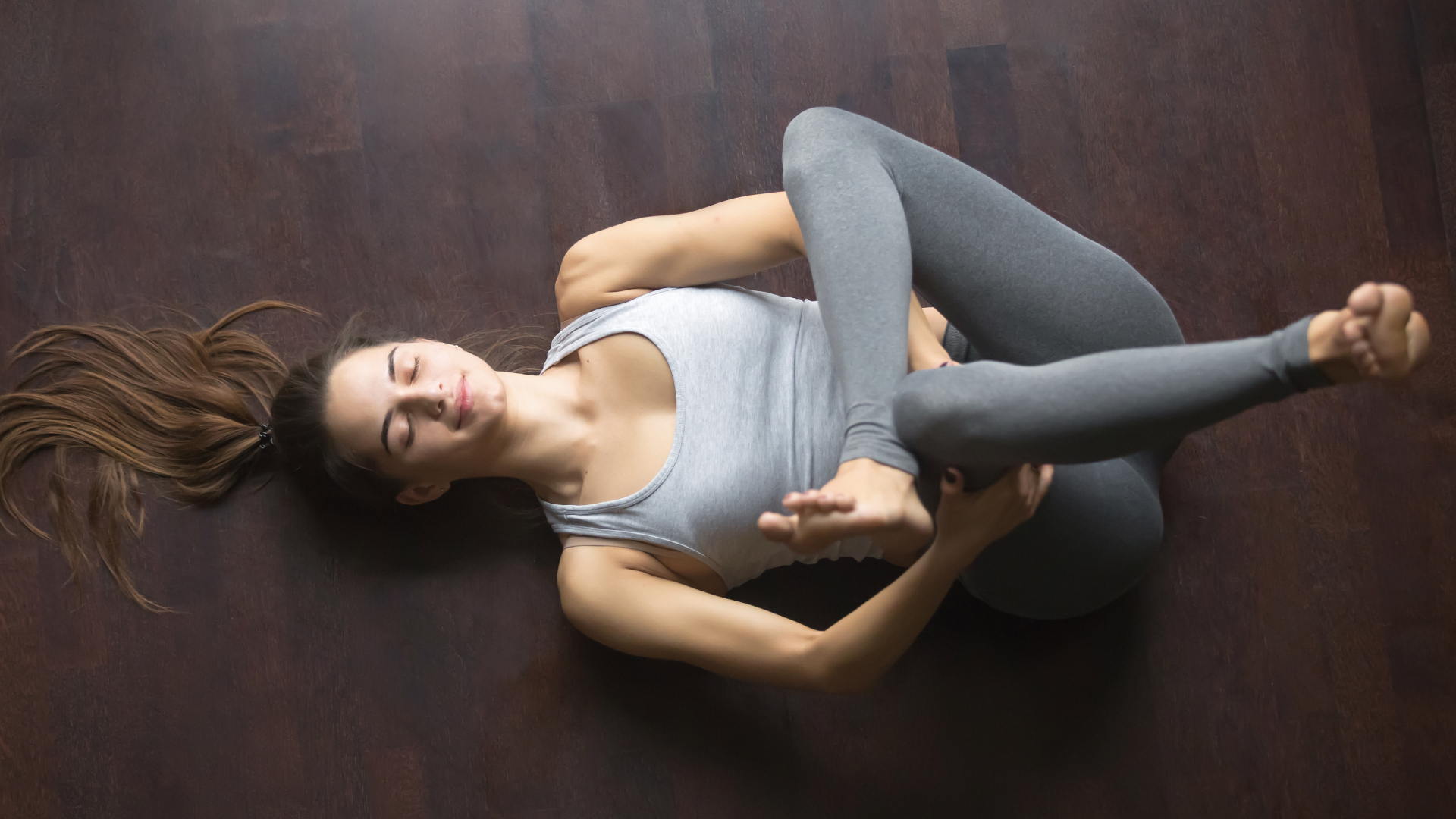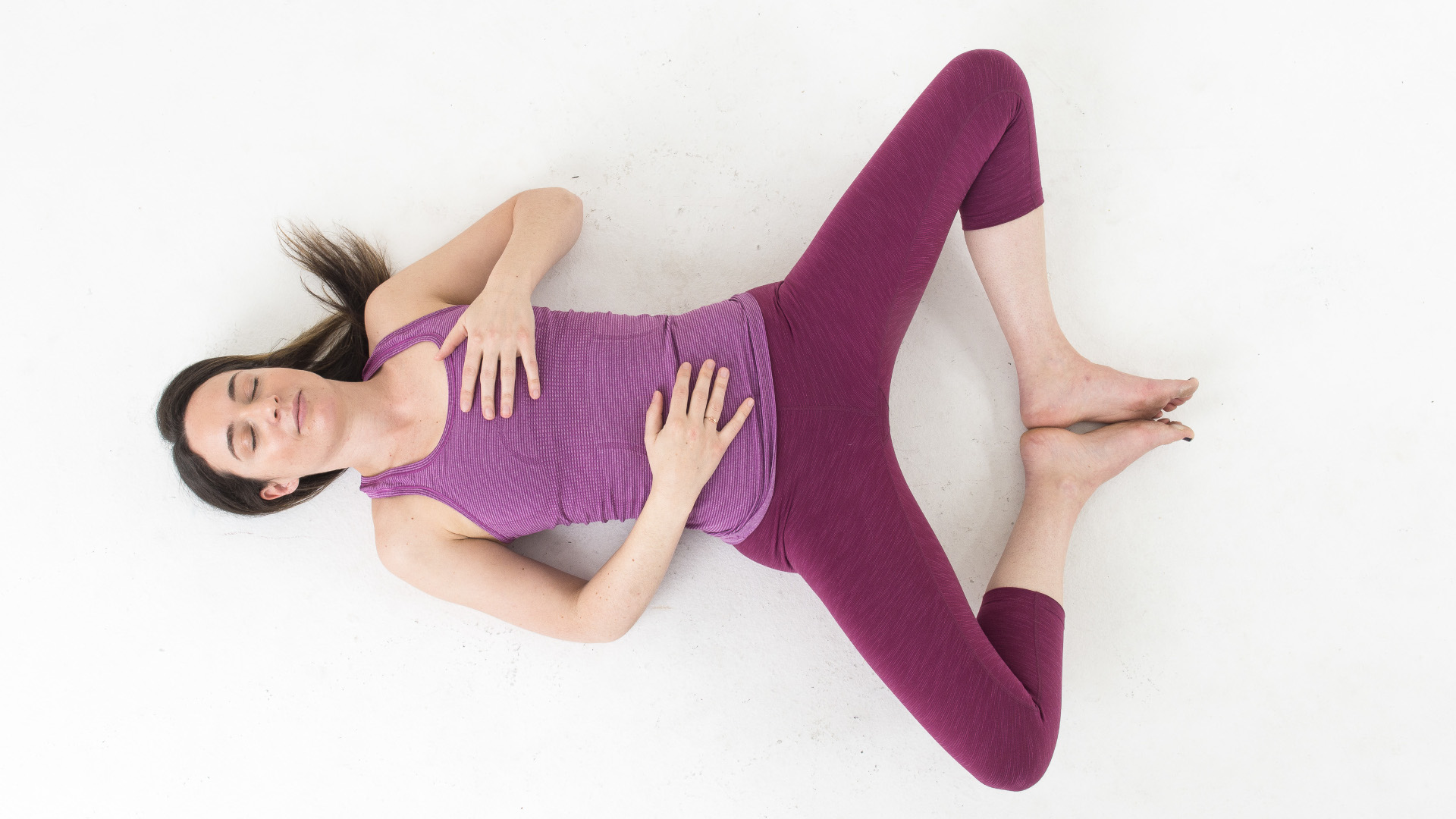Tight hips after running? Try these five simple moves
Tight hips after running are a common complaint amongst runners of all types and distances, but these five simple moves can help

Do you have tight hips after running? You’re definitely not alone. No matter what type of running you enjoy or how far you like to go, your hips work harder than any other part of your body to provide momentum and stability while you tear down the trail or tarmac. Even if you’re wearing the best trail running shoes on the planet, if you’re running regularly you can all but guarantee that your hips will feel tight afterwards, especially if you’re not regularly stretching or doing other movement patterns.
Though in anatomy, the hip joint is just the ball and socket joint where your femur bones connect to your pelvis, we generally think of the entire pelvic area as constituting the hips. There are lots of muscle groups that originate from this region of your body, such as the hip flexors, glutes, hamstrings and adductors, most of which work quite hard through a short range of motion when you’re running. Further, the motion of running is by nature repetitive within the sagittal plane, which means forward and backward, and not particularly dynamic when compared to activities like dance and yoga. All of this plays into the feeling of tight hips after running, which can leave you with overall stiffness in your movements and even lead to issues with posture and low back pain.

Running less and incorporating more dynamic movements into your routine will certainly help, however we’re aware that if you love running, you may not be willing to cut back on it or be able to give more hours of your week to other disciplines. For that reason, we've picked our five favorite moves for recovery you can quickly do after each run that target all four sides of your hips and provide you with some relief from tight hips after running.
1. Foam rolling

We know, it hurts, but trust us on this. Stretching is great, but foam rolling is even better for loosening up tight connective tissue around your muscles and joints. After your run and before you stretch, grab your foam roller and spend a few minutes rolling out the following areas: hip flexors (the front of your hips) and quadriceps, glutes and hamstrings. For each tissue group, spend about 90 seconds slowly rolling up and down and effectively tenderizing that tissue that contracts with your muscles.
After you’ve finished foam rolling, do the following four yoga poses to target the four sides of your hips and leave you feeling good as new.
2. Front of hips: supported bridge (4 minutes)

As we discussed in our article on pilates for running, tight hip flexors often plague runners and can be the main culprit of low back issues. Your hip flexors are a set of five primary muscles (and one auxiliary muscle) on the front of each hip that perform the action of drawing your thigh up toward your torso. In runners, they often feel tight due to the repetitive movement of running, combined with weak posterior muscles like glutes.
To stretch out your hip flexors, lie down on your back and bend your knees, placing your feet on the floor. Lift your hips and slide a yoga block (or a large book like a thesaurus) underneath your hips. If you’re using a block, it can be on any height, so perhaps play around with the different options and find one where you feel a stretch on the front of your hips but you don’t feel any strain, tension or pain in your low back. After a minute, straighten one leg and rest your heel on the floor to increase the stretch on your hips flexors. Stay there for a minute, then switch sides. Finally, if it feels ok on your low back, straighten both legs for one more minute.
All the latest inspiration, tips and guides to help you plan your next Advnture!
To come out of supported bridge, bend your knees again, lift your hips and set the block aside, lowering your hips to the floor.
3. Back of hips: reclining hamstring stretch (2 minutes each side)

Sprinters rely on glute power while long distance runners often underuse their glutes, however when it comes to the back of your hips you also need to pay attention to your hamstrings, which originate from your sitting bones. Regardless of how fast you run and what type of terrain you’re running on, your hamstrings are constantly working within a fairly short range of motion as bend and straighten your knee, and they work to provide power to push off the ground with each step, so it’s no surprise they can feel tight after running.
After supported bridge, wait at least 30 seconds with your pelvis in a neutral position then gently hug your knees to your chest to stretch your low back. When you feel ready, take a yoga strap (a scarf or belt will work too) and wrap it around the ball of your right foot. Straighten your right leg, extending your foot up towards the ceiling. Place the sole of your left foot down on the floor. At first, give yourself enough slack on the strap that you can completely straighten your right leg. Then, press your left foot down and keep your right leg straight and you gently pull it towards you, keeping both hips heavy. After about 30 seconds, straighten your left leg out along the floor if you can. When you’re ready, change sides.
4. Outer hips: reclining pigeon (2 minutes each side)

If your outer hips feel tight after running, you can thank your gluteus medius muscles for working so hard to stabilize your pelvis with every step. Tightness here can also be related to tightness in your IT band, which connects to your outer hip via a muscle called the tensor fascia latae, and can lead to painful IT band syndrome.
Many of us love to stretch out this area with a pigeon stretch, but if you run a lot and have more limited mobility generally, you run the risk of not getting as much of a stretch as you could in that position, or placing the stress on your knee instead of the muscles you’re trying to reach. For that reason, reclining pigeon is preferable for a more accessible stretch.
Bend your knees and cross your right ankle over your left thigh. If this is as far as you can go, stay here and press your right hand gently against your right thigh. Otherwise, draw your legs towards you and interlace your fingers together behind your left thigh. Gently rock your knees a little from side to side to spread the stretch out across a larger area on your outer right hip, then after a couple of minutes, switch sides.
5. Reclining butterfly (2 - 5 minutes)

Also working to stabilize your pelvis while you stride are your inner thigh muscles, known as your adductors, which comprise five primary muscles. Though these muscles themselves may not feel especially tight after running, with all that short, repetitive movement within the sagittal plane, you may notice that your hips perhaps don’t easily move into external rotation once you finish running. For that reason, regularly spending a little time in reclining butterfly can help you maintain or cultivate better range of motion in your hips, and also helps to restore a natural curve to a tight lower back, another common symptom of running.
Stay on your back and place the soles of your feet together, allowing your knees to open wide so that your legs make a diamond shape. You’ll notice that you feel more sensation the closer to your hips you bring your feet, so find a position where there is some sensation, but where you can stay for a couple of minutes. If you can do this position unsupported without pain, do so, but if your hips and knees need some support, place something soft underneath your thighs, such as a couple of pillows or rolled up camping blankets. Once you get into position, try to relax here as much as possible and let gravity do the work.
Julia Clarke is a staff writer for Advnture.com and the author of the book Restorative Yoga for Beginners. She loves to explore mountains on foot, bike, skis and belay and then recover on the the yoga mat. Julia graduated with a degree in journalism in 2004 and spent eight years working as a radio presenter in Kansas City, Vermont, Boston and New York City before discovering the joys of the Rocky Mountains. She then detoured west to Colorado and enjoyed 11 years teaching yoga in Vail before returning to her hometown of Glasgow, Scotland in 2020 to focus on family and writing.

